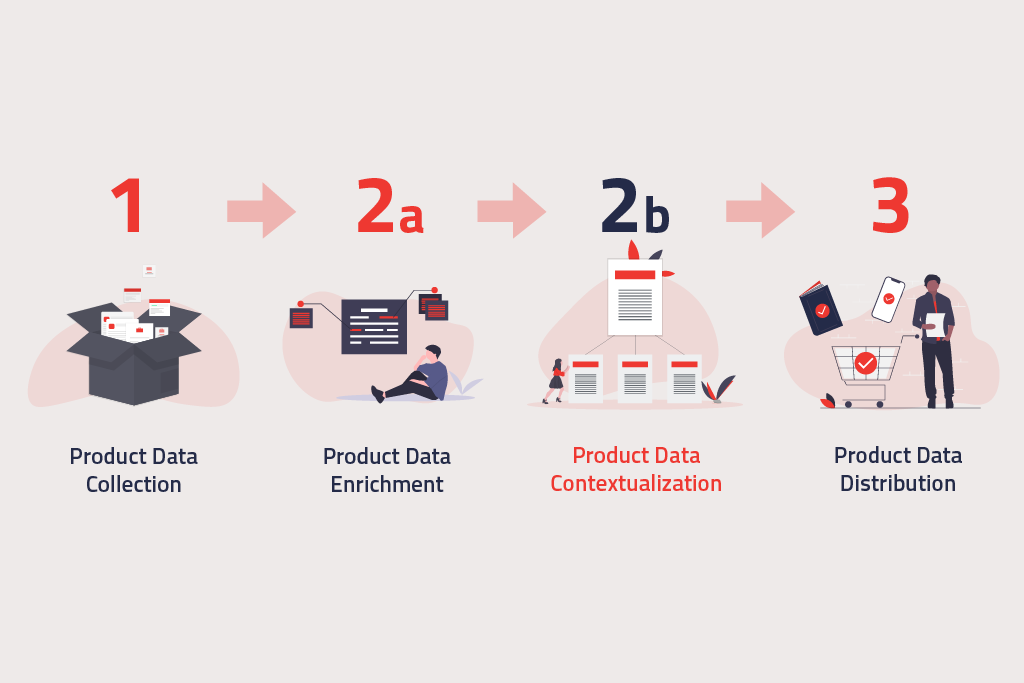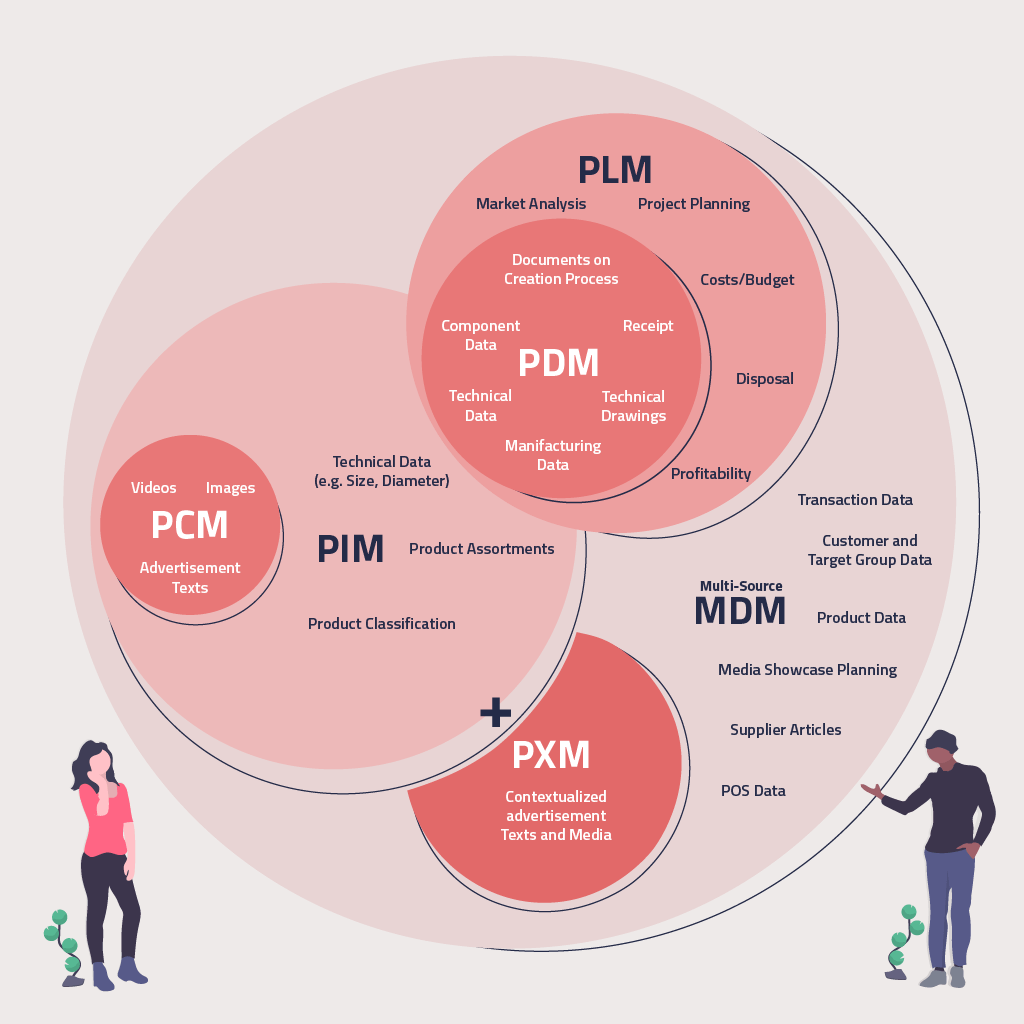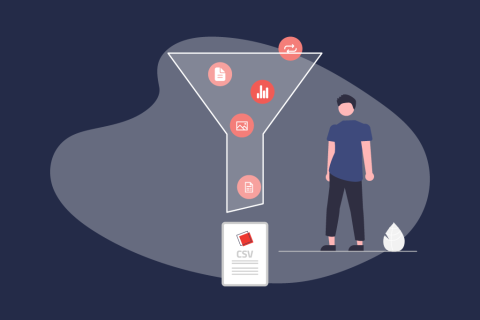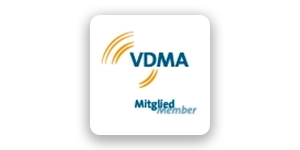Product Communications
Clearing Up the Confusion of Language: PIM vs PCM vs PXM vs PDM vs PLM vs MDM
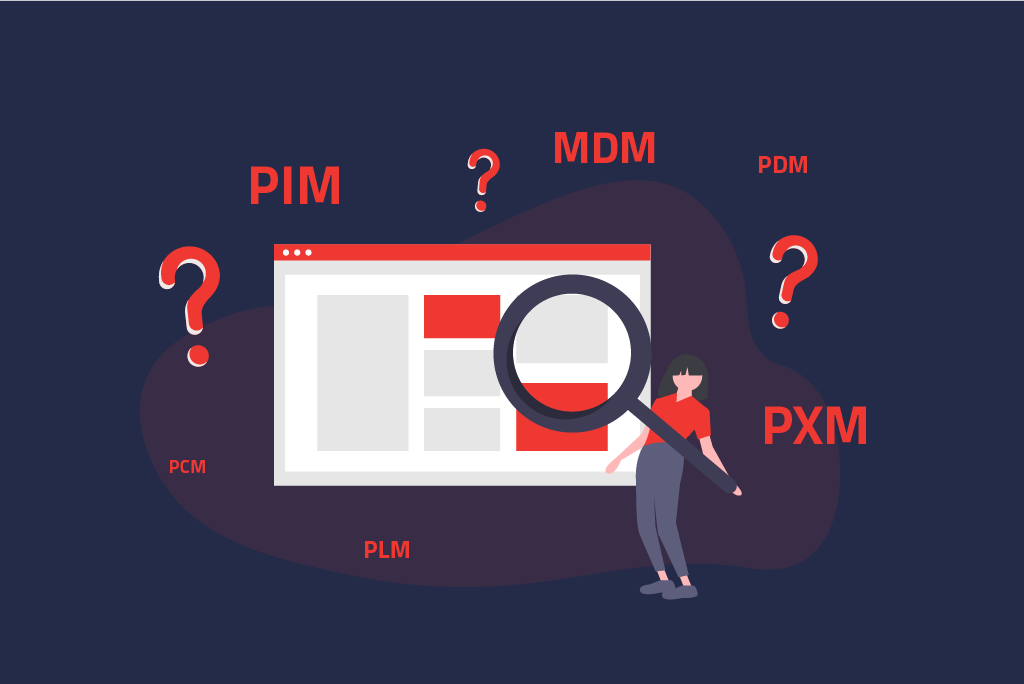
Content
Digital Systems for Managing Product Data
When browsing Google to search for a digital IT system capable of managing all your company’s product data, you’ll find yourself in a chaos of software tools. Some of which are more relevant for your individual product management use cases than others. In general, you’ll find management systems for Product Data (PDM), Product Lifecycles (PLM), Product Information (PIM), Product Content (PCM), Product Experience (PXM), and for Master Data (MDM). What all of these terms mean and which of the related systems satisfy which requirements are answered in our following blog post:
PIM – Product Information Management
The function of a PIM solution is to store and organize all of a company’s product data in a central and media-neutral manner. Such product data may include marketing data (e.g. description texts and images) or technical data (e.g. size and other specifications like color). From Data Collection – through Data Maintenance or, as we like to call it, Data Enrichment – to Data Distribution into various sales and publication channels. Ultimately, all product data processes are unified in a single digital system.
For a more detailed account on Product Information Management and the answer to the question “Why is product data so important for companies?,” refer to our web page What is PIM.
PCM – Product Content Management
The term PCM is used by some as a synonym to PIM. Others conceive of PCM as “only” covering the Data Enrichment functions for products, from product descriptions to media assets. From this standpoint, PCM is but a process step embedded within PIM. Functions such as data collection from multiple sources, data quality assurance, and data exports into various channels are, consequently, not included in a PCM system. Functionally, then, PCM is a subset of PIM.
PXM – Product Experience Management
Modern product sales and marketing is all about maximizing Customer Experience, i.e. the lived experiences customers have when purchasing and using your product. In turn, this translates into increasing conversion rates. One subset of Customer Experience is Product Experience, albeit a subset foundational to Product Experience at that. This is where PXM comes into play: Product Experience Management is a comparatively new term expanding the three core processes of PIM by an additional aspect – the “contextualization” of your product data.
In this particular process step, to be located in between Data Enrichment and Data Distribution, your product data is expanded by context-sensitive content. For example, such contexts may be the use case of a product or a specific phase in the purchasing process. By providing product information well-adjusted to the customer’s current context, you directly meet her on her own ground in a strategic manner – which, ideally, results in a conversion.
More details on PXM and why it is indispensable can be found on our web page What is PXM.
PDM – Product Data Management
Contrary to PIM systems, PDM solutions don’t manage marketing and sales data of products, but all data collected during the creation process. This is why PDM systems are particularly relevant for manufacturers developing their own products. Data collected during product development is what constitutes the basis of the product information, as stored and organized in a PIM system for their eventual application to uses cases such as sales. Consequently, PDM and PIM systems are usually connected to one another.
PLM – Product Lifecycle Management
PLM systems support you during the planning and management of the product creation process. That is to say, Product Lifecycle Management is a kind of project management tool for manufacturing products. In general, Product Lifecycle systems also save all data collected during the creation process – which is why they can also cover functions of PDM systems.
MDM – Master Data Management
While PIM systems are limited to the field of products, MDM systems also allow you to manage master data from other fields. The main aim is to unify the manifoldness of a company’s data sources, allowing you to derive strategic business decisions. Typical objects managed in these so-called “Multi-Domain Master Data Management” systems include data on products, customers, target groups, suppliers, partners, employees, and tasks. By unifying all objects, you create a kind of 360°-degree-view of your company’s entire information flow.
For more information on MDM and some examples where the use of a Master Data Management system may be profitable, consult our web page What is MDM.
Comparison
The following graph provides you with a comparison of all relevant terms and related concepts. For example, PCM is a subset of PIM, while PDM is a subset of PLM, and PXM is an expansion of PIM.
From Our Blog
You may also be interested in the following articles
